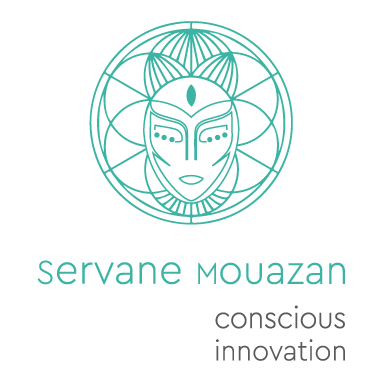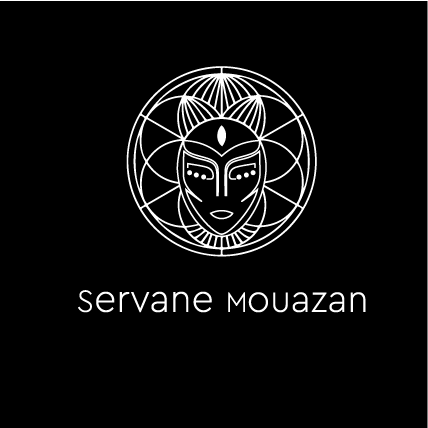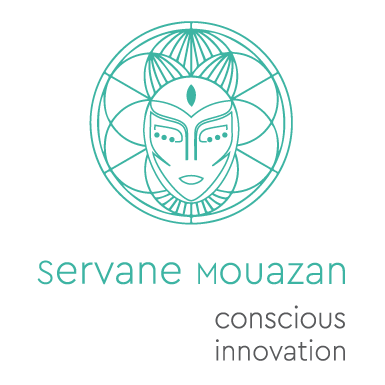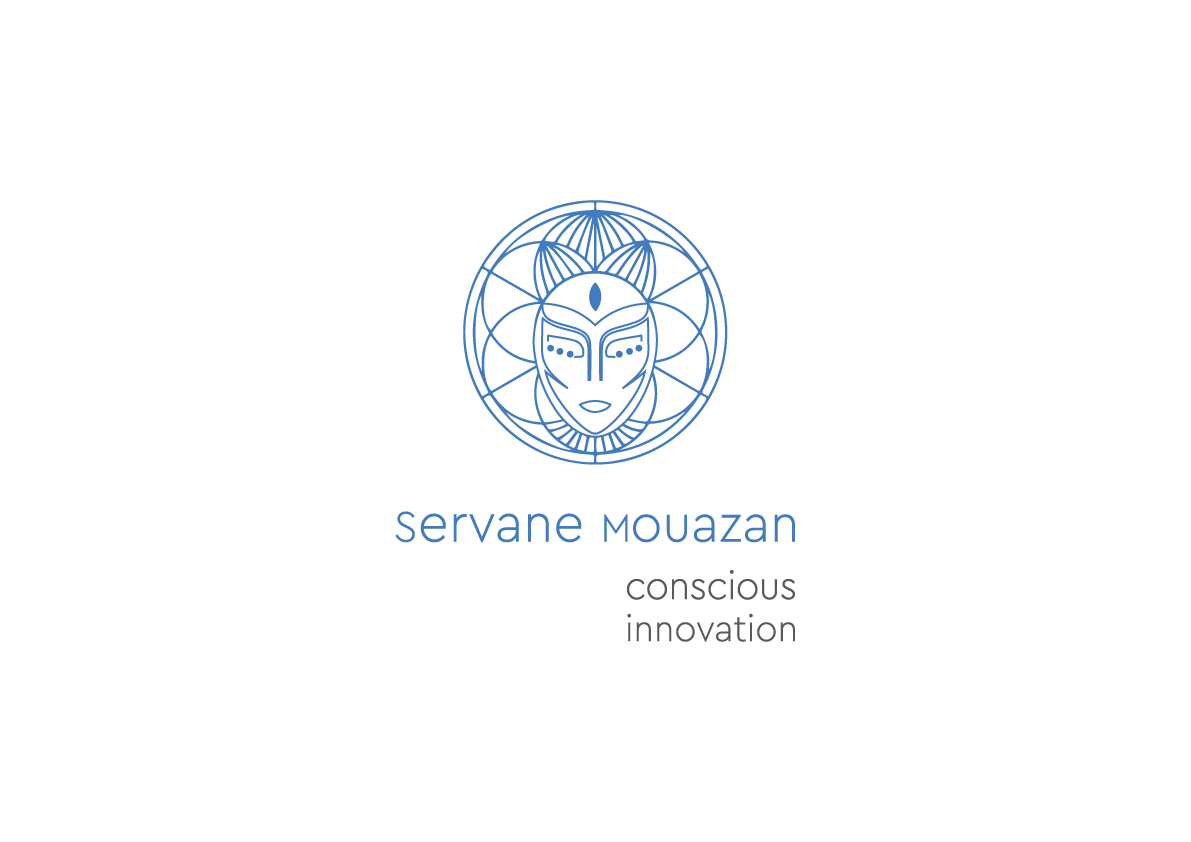If you want to learn about culture, listen to the stories. If you want to change the culture change the stories.
Michael Margolies
As I was invited to speak at the recent TechInclusion event in London on the Inclusive Investment Panel, I looked at what the ecosystem of investors, accelerators and entrepreneurs needed to rethink and apply, to develop diverse and inclusive portfolios and investment models.
The background was technology but I think the reflection around what needs to be done applies to the majority of companies, public services and communities.
It requires a total mindset overhaul, yet it’s very simple:
As I read on a poignant Facebook post written by Antonio Dejada, a grieving father: “Inclusion is not a whim, inclusion is dignity”.
In each community, someone needs to go the extra mile to develop empathy, care, and above all, make space.
The TechInclusion event has prompted me to reflect on various conversations and interactions in my networks and draw out 12 insights, and great behaviours that exemplify inclusion in practice. If you’re serious about changing people’s worlds for the better through your work ask yourself, “how many of these traits can my organization demonstrate?”
1. Understanding access
Having equal access to a community or a resource doesn’t mean that you can subsequently use this community or this resource the same way others do, or with the same freedom, or the same consequences.
This holds true for a service, for a product, and for recruitment. As people behave differently and have different expectations, they also have diverse historical and cultural “DNAs”. So when we recruit new team members or campaigners, when we form groups of practice for leisure or learning, we need to filter out unconscious bias and integrate the fact that each person will have a different experience and “reading” of the world:
FRIDA, the young feminist fund, does it very well. FRIDA stands for Flexibility, Resource, Inclusivity, Diversity, Action. They believe that “when young feminist activists are trusted as experts of their own reality and provided with resources, opportunities, and networks, they are a powerful force for change.”
From pushing legislators to end child marriage in Pakistan to increasing visibility of trans*people in Guyana, from publishing safe sex manuals for queer women in South Africa to creating safe spaces for girls in Ukraine, learn how young feminist organizers are creating change.
2. Promote the “not so soft skills”
We can teach all the girls in the world some extra coding skills. However if we still call girls bossy when they are just assertive, or if their so called “soft skills” (for instance, their capacity to connect, to catalyse people and resources, to listen, to problem solve, to coach, to elevate), are labelled as “fluffy” and not recognised on their CV,, then we are just losing out and the coding is a misleading investment.
I have an issue with compartmentalisation of virtues, skills and talents in boxes that are either feminine or masculine. We are using the wrong words. We are generating limited beliefs. Well nature doesn’t work like this.
When approached by students working on women in leadership and entrepreneurship, I often challenge their approach to clustering agentic and communal attributes (that get amplified to a massive extent by social constructs*) as inherently masculine or feminine. I push them to break the mould, rewrite their questions, dig deeper, and to never settle on that cluster without offering a challenging perspective.
Think about it: If I am driven, determined, task focused, independent, why does that have to make me a good man or a bad woman?
* (Patterson et al., 2012; Eagly & Carli, 2007).
3. Understand the notion of “making space”
“Making space”, this is easy to say but for some, hard to perform. It is in fact a genuine act of leadership.
It manifests itself in various forms:
– Sharing the space with people otherwise invisible in your mainstream space
– Quoting people who are usually not given an equal voice
– Recruiting in contexts where you never recruit
– Networking at events where you never show up
– Designing and testing products and services with the people you always forget to design and test with
– Designing as if ALL people mattered. Designing as if OTHER people knew best
– Making space is also holding out your hand to a peer or a staff member and reminding them that they did not start this in order to quit, and they need to keep going.
– Finally and most importantly, making space is bowing out yourself and leaving your spot in the limelight for someone who could actually do a much more authentic and powerful job.
Last year, I interviewed Hera Hussain, founder of Chayn.co, a global platform that empowers women against violence and oppression. Chayn means “Solace” and “Peace” in Urdu. Chayn is also an award-winning, open-source project that leverages technology to empower women against violence and oppression so they can live happier and healthier lives. Running solely on the passion of more than 300 skilled volunteers from 13 countries, Chayn leverages technology to address the problems women face today in a dozen countries. Their resources are openly licensed so charities around the world can use, remix and distribute their work!

Their design principle is: “Design with, not for”. Which means people who use the resources also co-design them and provide the necessary guidance and leadership that enables Chayn to deploy accurate responses to difficult issues.
4. Practice empathy
If we want services that serve the 99%, we need to open our eyes and scan our world.
For some, the world is a moving bubble, somewhere on a spectrum between stigma and privilege. To grow empathy we need to work on the bubble.
The most successful approaches to growing empathy are the ones that make the bubble porous:
– Take away one-off formal top-down training by external trainers (it aleniates people) and look at creating co-mentoring, co-coaching and peer alliances, one conversation at a time, in your community of practice, at work, at home, and pass on your message, the same way a virus disseminates.
– If you’re in a position of power, privilege, or if you have a voice, start “recruiting”: sponsor people that are skilled yet generally invisible, or disproportionately negatively impacted upon. Nudge them to keep going, to never quit. Never quit your supportive role either! Offer them and hold a space to grow, and to be more visible -if this is what they want.
– As a mentor, if you have charisma, wisdom and resources, use them to invite people to join experiences that are going to change their views of the world. Sponsor life-changing and sustainable pathways. And here I am referring to people who have by default a “privileged” view of and access to the world. It doesn’t hurt to change.
– Finally if you hold purse strings, create a different space/infrastructure. If a platform doesn’t provide life-changing avenues, create alliances, hack into other platforms, make them your own, and invite people to take off from them. See for instance how crowdfunding has been a life saviour for a great number of women who couldn’t make themselves heard by traditional loan providers and used crowdfunding platforms as launch pads.
I love the efforts deployed by Talent Sonar founded by technologist Laura Mather in 2014. Talent Sonar helps recruiters find the person who best fits each job from a broader, more qualified pool of candidates.Theircore philosophy:
“Don’t try to change people with complex training on how to hire right. Just give them an easy-to-use tool that changes the hiring process to naturally optimize results.”
So what can we do to develop more underrepresented investors, decision-makers and advocates?
5. Set up a genuine peer support platform
During one-to-one or group support sessions, people can break down issues they consider as obstacles. Only their peers can help rationalise the steps they need to present themselves to these potential investment committees
The Women in Social Finance peer-to-peer group created in 2011 by catalyst, angel and investment director Suzanne Biegel, has put together a system of co-mentoring, resource sharing, training in public speaking, as well as support for senior women in social finance to access investment committees. Pathways to Investment committees are not always straight forward. While most women in the group have the necessary skills, there are some obstacles that need overcoming, limiting beliefs that need smashing, or networks that need expanding.
Co-mentoring is key.
Boards source a majority of their candidates from other boards, or retired senior executives. At Ogunte one way we advise women in social enterprises to climb up the board ladder is to start their participation very early on, and be involved with their friends’ charity boards, social business start-ups or tech-for-good ventures’ advisory committees. They are also encouraged to turn their potential stigma if they live through one, into an asset, a knowledge resource, because it is what business intelligence is about.
Deloitte recently came out with a study highlighting the lack of diversity on boards. Deloitte pushed for mixtocracy and highlighted mechanisms to stop stale, homogenous and ultimately underperforming boards. Understanding the issues allows you to design bold methods to hold boards to account, as clients or broadcasters of someone’s work. Together with your peer-to-peer network, you can make progress.
6. Shout it on the roofs
In a recent article for ImpactAlpha, Suzanne Biegel says there are actually a substantial amount of firms investing with a gender lens but, she says, “they do not talk about it”. When you are much clearer – and louder – about your choices, about where you want to direct your money and to which causes, and about the impact it has, you will inevitably attract people who understand that language, at board level, and at entrepreneur level.
Armed with evidence, you can also squash limiting beliefs such as “Women are risk averse women are not commercial, black people are not engaged politically, disabled people are not interested in joining the board”. It is our duty to rectify this, create better infrastructures to welcome everyone and broadcast the truth.
7. Reverse Due diligence
Some entrepreneurs do reverse due diligence with their investors and if the latter do not fit, the entrepreneurs won’t pick them. (Ideally…)
Suki Fuller, Competitive & Strategic Intelligence Advisor, founder of Miribure and Salaam Ventures, advocates that pushing only diversity of thoughts is not satisfactory. Do reverse due diligence on your potential supporters/investors and see how they behave.
 Don’t recruit the bad guys.
Don’t recruit the bad guys.
Megan Miller, founder of Bitty Foods – who produces eco-friendly, high-protein sources of nutrition using insect flour- shared in her interview on Ogunte.com what her mentors advised her:
“Mentors have advised me to reframe it positively in my mind. They say: ‘What you’re doing is giving people an opportunity. You have to frame it so that you’re inviting them to be a part of something that’s really important and special: this is an opportunity for them, not you asking them for something that you need.” “It’s something you have to keep learning, I think,” Miller says.
8. Break through…
In social enterprises, the financial return for investors might not be as high as in straight commercial deals. The teams are on average very small, there is a lot more work needed to bring in business skills. It costs time, people’s input and money. Loan rates are high, and the returns are slow.
So, people the types of people who found social enterprises, might also get less funding or funding at a higher price than the types of people who found mainstream businesses.
There’s more:
Natalia Oberti Noguera, @pipelineangels Founder & CEO – whom we had the pleasure to host as guest mentor on one of our earliest Make a Wave Incubation programmes – says:

In a recent study by INSEAD, “Blurring the Boundaries: The Interplay of Gender and Local Communities in the Commercialization of Social Ventures” it seems some social norms don’t just affect how we evaluate entrepreneurs, they affect the behaviours of entrepreneurs themselves.
We have to break the mould at all costs.
The first thing to do is educate investors on the issues themselves, include entrepreneurs, and all stakeholders around the design thinking / service design table. Funds should be designed the same way products or services should be designed: with the users in mind. What is the minimum valuable financial service that can be offered? Does it fit everyone around the table? Is it worth starting a new fund at all, or would it be better to be more humble and match / top-up a fund that has a better designed/ pre-existing eco-system and evidence of positive impact to date?
Secondly, entrepreneurs need to acquire coaching support to help them reflect back on their behaviour, beliefs and attitude and challenge the mould that is building up, or just never crumbling.
9. … And reality check
As David Floyd points out in his blog Beanbags and bullshit: “Financing needs to be modelled around the problem and not investment returns”.
When I am attending investors’ informal meet ups, I hear so much about products when I really want to hear more about their leaders and makers.
Investors are, often unknowingly, hampered by a bunch of structural, societal issues, that need to be addressed – and when they are, the nature of the investments that are made will change.
For women, the issues I am talking about are racism, gender inequality, discrimination, poverty, physical and mental health factors plus the day to day realities of being a women at work, and the negative impact of being patted on the head, and harassed for hundreds of years
We need to better understand practitioners on the ground; who they are, who they serve, where they come from and what their lives are like. And we need to know if and how they survive in leadership positions.
We need to remind the purse holders and decision makers that these issues do exist and that they can make space for others without risking their own extinction.
10. Transparency
What if purse holders and decision makers were forthcoming and honest about their mistakes or successes? A good level of transparency and a sense of learning are paramount for strong relationships. If you want a healthy place in which to discuss inclusiveness and diversity, you need to be open and ready to communicate and listen with care.
11. Affinity Networks
As Daniel Rostrup – Head of Corporate Venture Philanthropy and UK Local Representative at the European Venture Philanthropy Association (EVPA) points out, we also need to resource affinity networks. Rostrup:
“They are hugely important in helping provide the kind of networking, peer-to-peer learning, connections, training, role models and opportunities that are needed to help get people from so-called minorities into positions of power. “
“Too often these kinds of networks are under-resourced and often run on an ad hoc basis, with little to no staff and no clear “theory of change” in how they hope to affect impact with their work. These networks should be professionalised, better resourced and top priority, especially for big corporations (rather than a ‘nice to have’).”
12. You don’t need to buy the t-shirt
At Ogunte, as we are designing learning programmes for women in social enterprises, we keep these statements pinned on the walls as a strong reminder and their essence needs to be included in the projects.
– “If tech is to be so pervasive, then let’s have it for the 99.9%. Let it be good, empathetic and socially impactful”, (my quote!)
– If there’s a law, apply it. Remind people about it. Implement it. Ask about it.
– “In Iroquois society, leaders are encouraged to remember seven generations in the past and consider seven generations in the future when making decisions that affect the people”, Wilma Mankiller – first woman chief of the Cherokee Nation*
– Clever robots and advanced mobile phones could make life much easier for older women – if only someone would ask and stop treating them like “old idiots”, as top United Nations campaigner for the rights of the elderly Silvia Perel-Levin, said recently.
– “Middle age, formerly the highest-status phase of life around the world, has become a precarious crossing. The relatively new tech sector is generating enormous amounts of a very old product: ageism.” Article Why ageism never gets old.
– Learn to MAKE SPACE
– Get out of the office and get to know people
– Intersectionality and inclusion don’t kill
– Intersectionality and inclusion are intelligence
Keep learning and applying.
* Wilma Mankiller, the first woman chief of the Cherokee Nation, was born in 1945. She served for 10 years and in that time, reinvigorated the Cherokee Nation with community development projects and transformed the relationship between the Cherokee Nation and the federal government. Mankiller was awarded the Presidential Medal of Freedom in 1998, was inducted into the National Women’s Hall of Fame in 1993.
Servane helps organisations understand people’s needs in a changing economy, working across industries in South America, Europe and MENA.
She is the founder and director of Ogunte C.I.C, a certified Bcorp that trains and amplifies the work of women in social ventures, since 2001 and has supported ca. 7,000 changemakers to date. Servane also developed Make a Wave, the first incubator and investment readiness programme for women in social enterprises in the UK.





You must be logged in to post a comment.